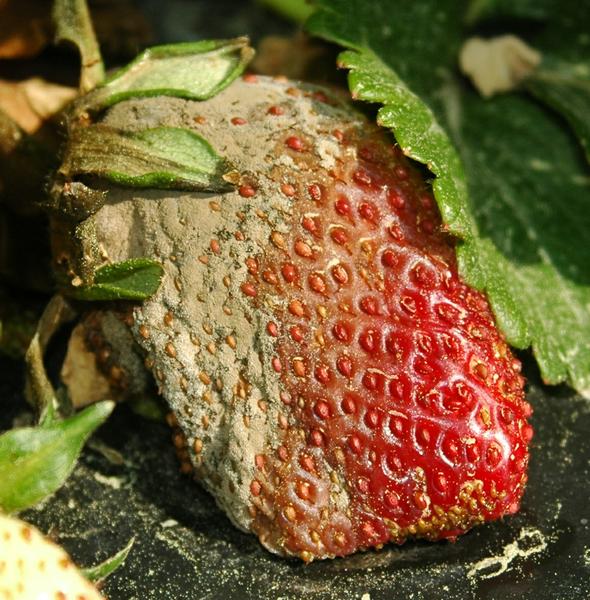Bortytis Gray Mold Resources
go.ncsu.edu/readext?928931
en Español / em Português
El inglés es el idioma de control de esta página. En la medida en que haya algún conflicto entre la traducción al inglés y la traducción, el inglés prevalece.
Al hacer clic en el enlace de traducción se activa un servicio de traducción gratuito para convertir la página al español. Al igual que con cualquier traducción por Internet, la conversión no es sensible al contexto y puede que no traduzca el texto en su significado original. NC State Extension no garantiza la exactitud del texto traducido. Por favor, tenga en cuenta que algunas aplicaciones y/o servicios pueden no funcionar como se espera cuando se traducen.
Português
Inglês é o idioma de controle desta página. Na medida que haja algum conflito entre o texto original em Inglês e a tradução, o Inglês prevalece.
Ao clicar no link de tradução, um serviço gratuito de tradução será ativado para converter a página para o Português. Como em qualquer tradução pela internet, a conversão não é sensivel ao contexto e pode não ocorrer a tradução para o significado orginal. O serviço de Extensão da Carolina do Norte (NC State Extension) não garante a exatidão do texto traduzido. Por favor, observe que algumas funções ou serviços podem não funcionar como esperado após a tradução.
English
English is the controlling language of this page. To the extent there is any conflict between the English text and the translation, English controls.
Clicking on the translation link activates a free translation service to convert the page to Spanish. As with any Internet translation, the conversion is not context-sensitive and may not translate the text to its original meaning. NC State Extension does not guarantee the accuracy of the translated text. Please note that some applications and/or services may not function as expected when translated.
Collapse ▲This year is a Botrytis year
Dear all,
Botrytis gray mold (Figure 1) is flaring up all over the state, due to the weather in combination with extensive row-cover use early on. There are several points to consider to effectively control Botrytis gray mold in a strawberry field.
General Management
Sanitation (remvoing infected tissue from the field) and monitoring the field for symptoms is imortant this year. Fungicides play a key role in Botrytis management. If symptoms become visible, early preventative fungicide applications in conjunction with sanitation and continous monitoring are key elements that will to manage Bortytis gray mold. Botrytis is in the field all year long, can come in with planting material and often remains undetected until bloom and fruiting.
There are MANY VERY GOOD resources out that will help you to manage Botrytis gray mold through the season:
- The Southeast Regional Strawberry Integrated Pest Management Guide Helps you to generate a management and spray schedule for strawberries through the entire season. VERY GOOD RESOURCE. Everyone should have one!
- The NCSU AgChem Manual Comrehensive manual of pesticide application guidelines for a wide variety of crops grown in NC, including strawberries.
- MyIPM App. The myIPM App is a cellphone app that will help you to identify and manage strawberry diseases and pests. You can download it in the Apple App Store or at Google Play. Again, everyone should have it!
This year, we encounter the right conditions for Botrytis to flare up, with early blooms, humid and warm periods of weahter and more than usual row cover/sprinkler use.
Fungicide Resistance Management 2023
Botrytis regulalry develops resistance against certain FRAC codes, which can render fungicides ineffective. Rotating FRAC codes with every spray is essential to minimize the risk of building up resistance. It is extremely important to understand whether or not you have fungicide resistant Bortytirs populations in your field.
You should submit samples to Clemson University, following these guildines. Fees are $100 per sample, turn-around time is about 7 business days.
Please download the following information to ship the sample
Fungicide resistance sampling and shipping guidelines
Fungicide resistance sample form
Botrytis and Anthracnose Risk Prediction
Disease outbreaks often correlate strongly with predicted weather patterns. To be aware of when to use preventative fungicide applications in NC, we highly recommend to use the the Risk Prediction Map. We further will inform you through our AWIS Weather advisories if disease risks are high in NC areas.



